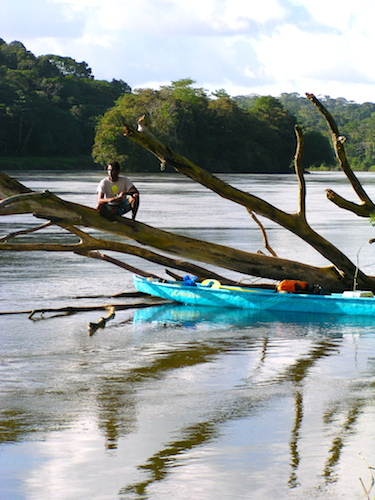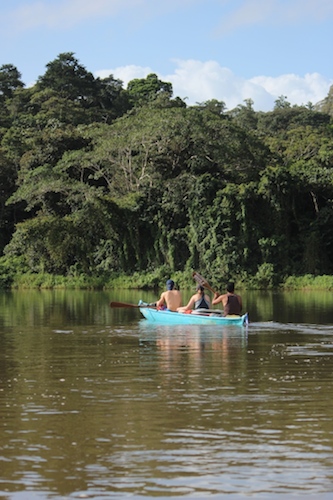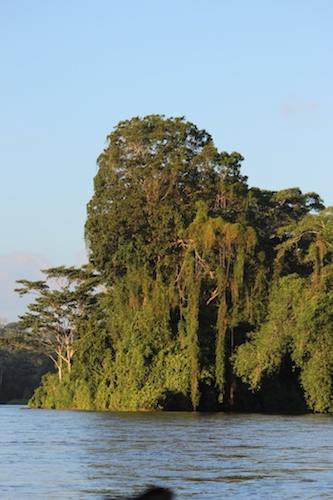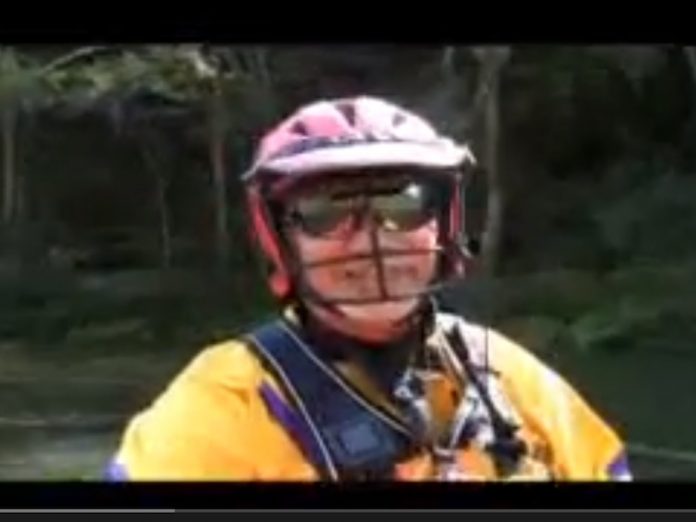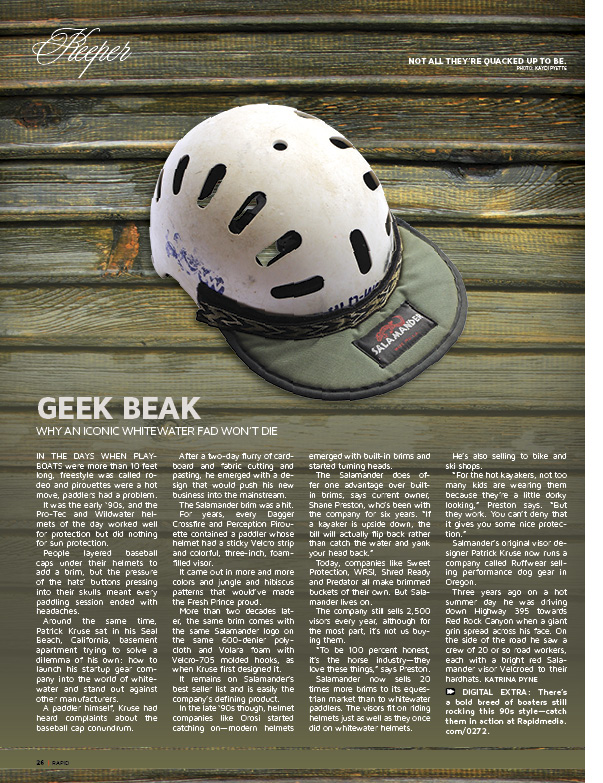Green Pathways, a Nicaragua-based tour company offers a variety of fitness/adventure retreats in Nicaragua, including a
12-day kayak expedition along the Rio San Juan. Travelers can also build their own custom itineraries that combine all that Nicaragua has to offer – kayak+surf, kayak+yoga, kayak+volcano board, etc!
All trips give back to the local community and help support and restore the country’s ecosystem. Green Pathways offers fully and partially planned adventures and tours, customizing each itinerary to fit the needs of the individual or group, and also features group retreats catering to a variety of tastes and vacation preferences. Travellers can choose from any of their 6-12 day trips or build a dream itinerary.
The most popular one is:
# of days: 12
# of people: 2-12
Of the 12 day itinerary we have 5 days of kayaking. The amount of kayaking is roughly 200km, with around 6 to 8 hours a day. Hiking and fishing is also included each day and we camp on river sides at night.
We hike in the jungles, swim in waterfalls, fish and catch river shrimp and lobster for dinner, take night hikes looking for tapir and jaguars in the jungle. This trip also follows the path of the pirates during the goldrush, so its incredibly informative. After kayaking we enter into the Rio Indio to look for manatees and visit indigenous communities by small boat.
Day 1
You’ll be greeted at Managua Airport by our friendly Green Pathways driver, a private airport shuttle will transfer you to your hotel in Managua.
Day 2
Your tour will begin with a 4 x 4 drive to San Carlos, before jumping on board an express boat to El Castillo. You’ll explore the castle in El Castillo with your guide, who’ll share the history of the castle and surrounding area with you. That evening, you’ll join your local guides for dinner.
Day 3
The first day of kayaking begins as you head down the river to the Bartola Lodge and private reserve where the Indio Maiz begins. While exploring the Sarnoso River, keep an eye out for roaming wildlife, take a refreshing dip in the pristine waters or reel in fresh fish for dinner. That night, we’ll set up camp and enjoy the sounds of nature from the riverbank.
Day 4
La Crucita River is yet another great spot to look for wildlife and go fishing. You’ll get the chance to stretch your legs as you hike the tropical rainforest of Bocas San Carlos. Tonight, you’ll set up camp on a delta right in the river mouth.
Day 5
On the third day of kayaking you’ll be passing Crocodile Island and stopping off at a secluded waterfall on route to the San Francisco River to catch dinner. You’ll arrive in Tambor for the evening to relax by the riverside.
Day 6
Floating down on to the delta region of the Somoza area. Passing the Somoza farms and staying with a local family for your last night by the river.
Day 7
The Final day of kayaking. You’ll paddle through the delta to end up at the Caribbean Coast. By mid afternoon it’s time to make a small ocean crossing, where you’ll arrive at San Juan de Nicaragua. Where you will spend the night relaxing at the Indio Maiz Lodge.
Day 8
Back on the water for day eight. This time in a small panga to explore the Río Indio. Passing through deserted lagoons filled with birds and potentially manatees. Arriving by mid afternoon to the local El Rama community.
Day 9
Today we set off on a four-hour hike through dense, untouched jungle with a local guide to find a natural (or man-made) ruin with an unknown mysterious history. Tonight, we’ll be staying the night with the local community in wooden huts.
Day 10
The morning will be spent making your way back to San Juan de Nicaragua. In the afternoon, you’ll get the chance to relax and enjoy the beautiful ‘Rio Indio Lodge.
Day 11
You’ll jump on a flight from San Juan de Nicaragua back to Managua Airport before checking into your hotel in Managua for the night.
Day 12
This concludes your exciting Nicaraguan adventure tour. Time to catch your flight home, safe travels!
Green Pathways can also accommodate DAY TRIPS and 4-DAY TRIPS for a long weekend in Nicaragua.
DAY TRIPS: Kayaking on Lake Nicaragua and around the Isletas. This can be customized depending on the interest of each client.
4 DAY TRIPS: Kayaking and camping tours through the Padre Ramos mangrove reserve off the Pacific coast can also be arranged. Great for bird watching and looking for hawksbill turtles. Again, all can be completely customized to the clients needs.
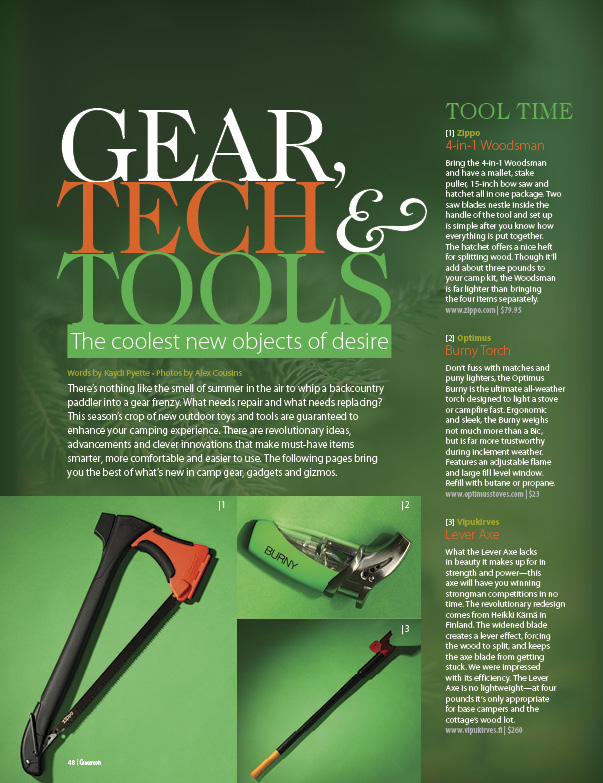 Get the full article in the digital edition of Canoeroots and Family Camping, Early Summer 2014, on our free iPad/iPhone/iPod Touch App or Android App or read it on your desktop here.
Get the full article in the digital edition of Canoeroots and Family Camping, Early Summer 2014, on our free iPad/iPhone/iPod Touch App or Android App or read it on your desktop here.





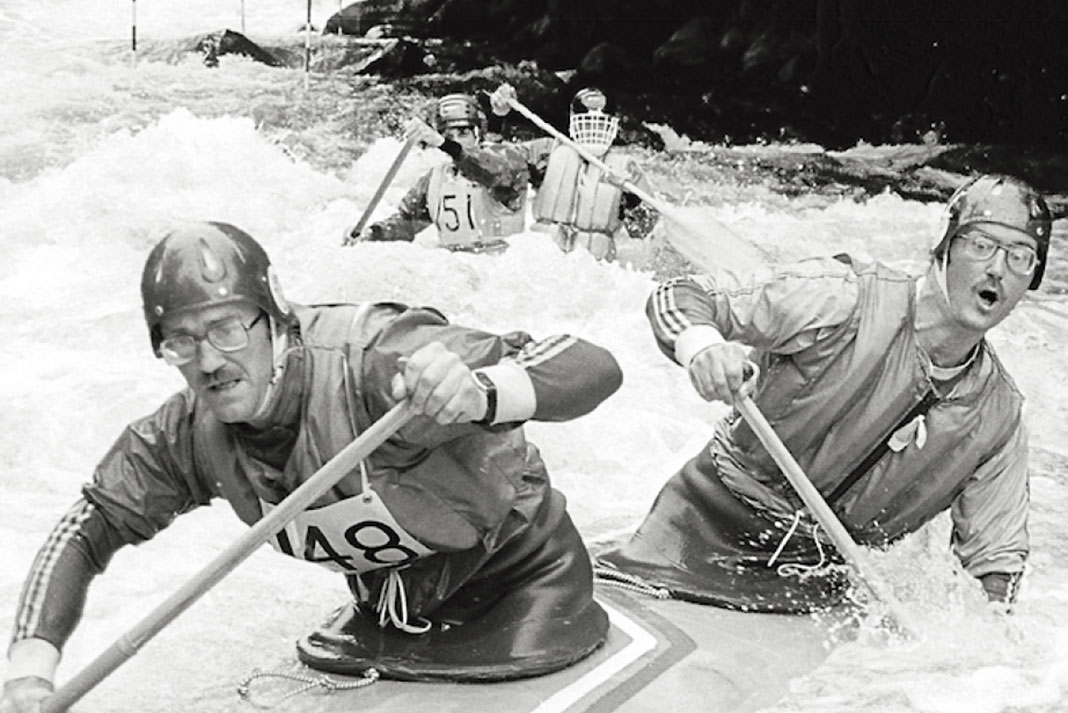
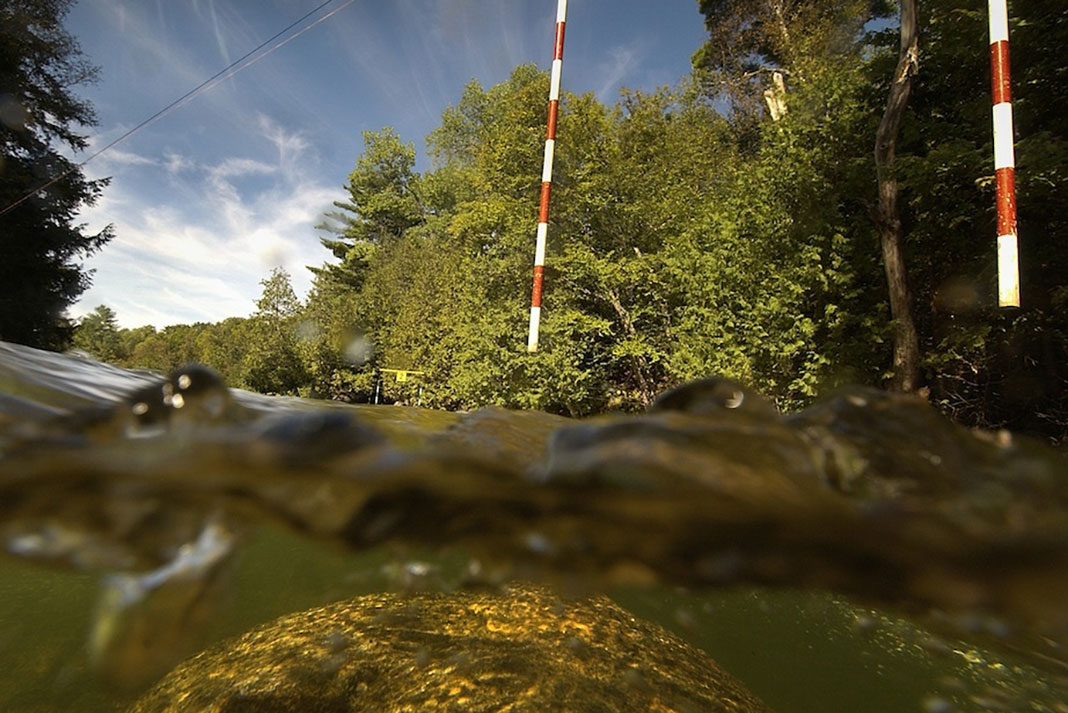
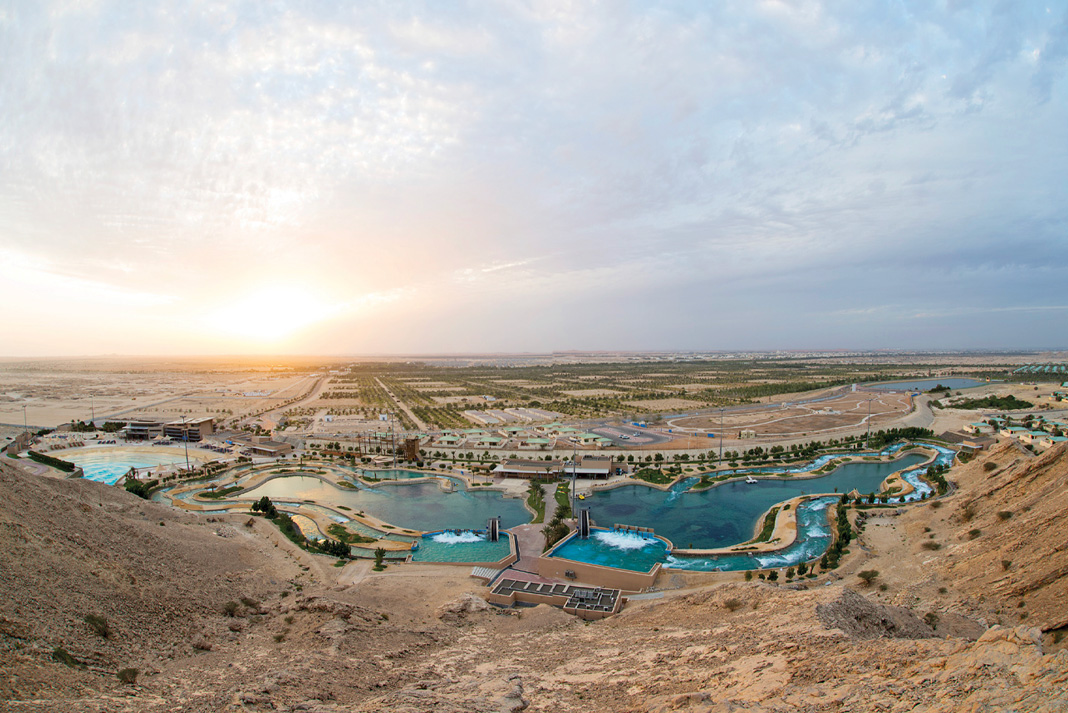
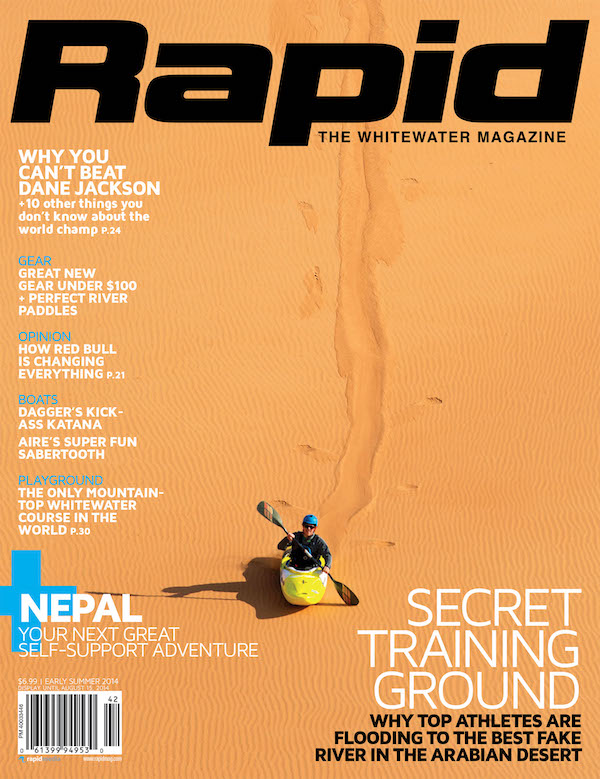 This article was first published in the Early Summer 2014 issue of Rapid Magazine.
This article was first published in the Early Summer 2014 issue of Rapid Magazine. 

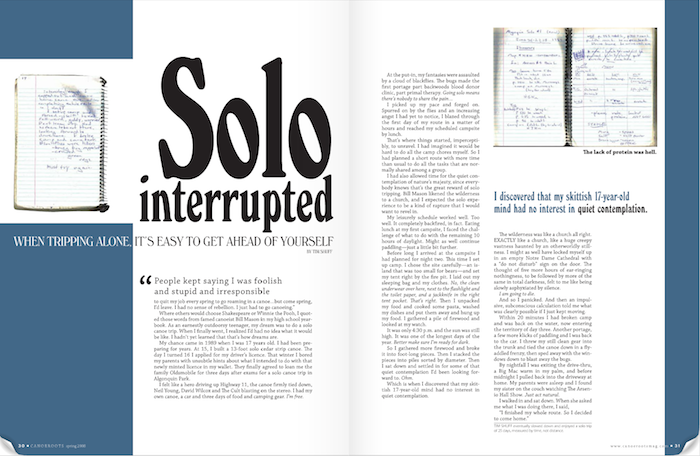 Get the full article in the digital edition of Canoeroots and Family Camping, Spring 2008, on our free
Get the full article in the digital edition of Canoeroots and Family Camping, Spring 2008, on our free 
